May
3, 2021
9 min read
Opinions expressed by Entrepreneur contributors are their own.

A few meters from the Red Fort, one of the main historical monuments of New Delhi, the capital of India, is the Chandni Chowk market. The “Square of the Moonlight”, as it is also known, was built in the 17th century by the Mughal Emperor Shah Jahan and designed by Princess Jahanara, the sovereign’s favorite daughter. For more than 300 years, spices, nuts, silver jewelry, saris and traditional Indian sweets have been on the market. And every spring, it is one of the places where Hindus can find the multicolored powders they use for Holi, the festival of colors . During the celebrations (this year it was at the end of March), people throw handfuls of powders and jets of water of many colors such as turmeric yellow, saffron orange, deep red, blue, green, pink and purple. At the end of the day, everyone’s body and clothes are completely dyed in multiple colors, resulting from the mixtures of the pigments with which they have been sprayed.
[embedded content]This is Holi by Matt Luckey via Vimeo .
Many other cultures are infused with colors : just think of the spice markets in Morocco or Turkey, the silk shops in Thailand or Japan, or the facades of houses in Mexico .
Most researchers estimate that humans are capable of distinguishing approximately one million different colors. And yet any skilled painter can achieve that extraordinary variety of hues with just a few basic colors. A palette with white, black and eight or ten other colors is enough to paint practically any subject and reproduce any tonality. Artists achieve this by combining and mixing basic colors in an exercise of skill and creativity that requires experience and vision. And each artist, with that simple color palette, manages to paint many images while maintaining their own style.
The other day, when I left the cafe where I usually eat breakfast every morning, I saw that there were three “red” cars parked side by side. I put the word “red” in quotes because the three vehicles were not exactly the same color. One appeared slightly orange-red in color, the other tended very slightly to purple, and the third had a subtle hint of coral. For a painter it would be very easy and very fast to reproduce those three different reds in their palettes by combining the colors of their 10 or 12 tubes.
Something similar happens when building a narrative. Therefore, when you put together the story of your brand or organization you need to have, like a painter, some basic elements that allow you, through mixtures and combinations, to create different narrative pieces, from advertisements on social networks or television. , to press releases or presentations.
These elements are like colors that will allow you to put together a palette with the tones you need to tell your story , maintaining consistency and a unique style of your own over time.
The elements you need for this task are the following 9:
1. Passion
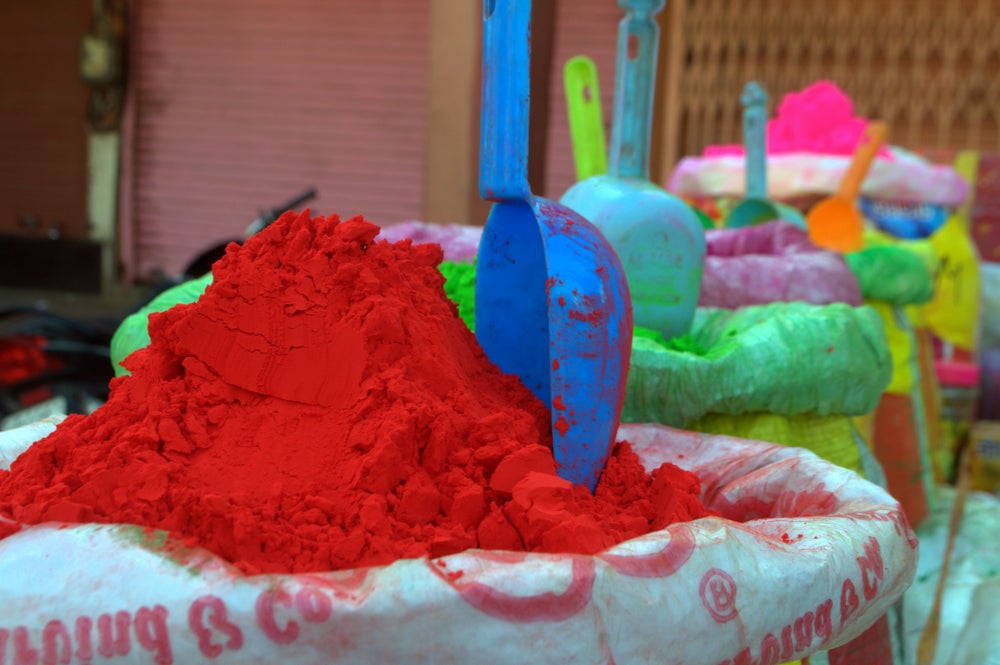
When we think of characters like Henry Ford , Roald Amundsen, Walt Disney or Steve Jobs, we immediately know what their motivations were, what dreams guided their actions, and what goals they passionately pursued.
What best characterizes your organization or your brand and what makes it memorable and unique is the passion that drives it. That passion stems from specific values that determine actions and behaviors in everything your organization does. Keep in mind that your customers and your collaborators will be attracted and engaged if your brand is capable of projecting a passion for what it does, for its products or services. Having passion for some aspect of what you do gives you a huge advantage and allows you to always be ahead of your competitors, because it encourages you to dedicate more time and energy than they do.
2. Antagonists

Image: Shuvra Podder via Unsplash
The most powerful brands and organizations are those that face strong antagonists who run counter to their values and stand between them and their passion. Antagonists can be outdated people, organizations, fears, biases, rules, perceptions, or processes. Those antagonists must be shared by your audiences so that everyone can identify with your brand’s struggle. A brand, for example, that fights against monopoly in a category and the excessive cost of certain products, connects very easily with many consumers.
3. Genesis
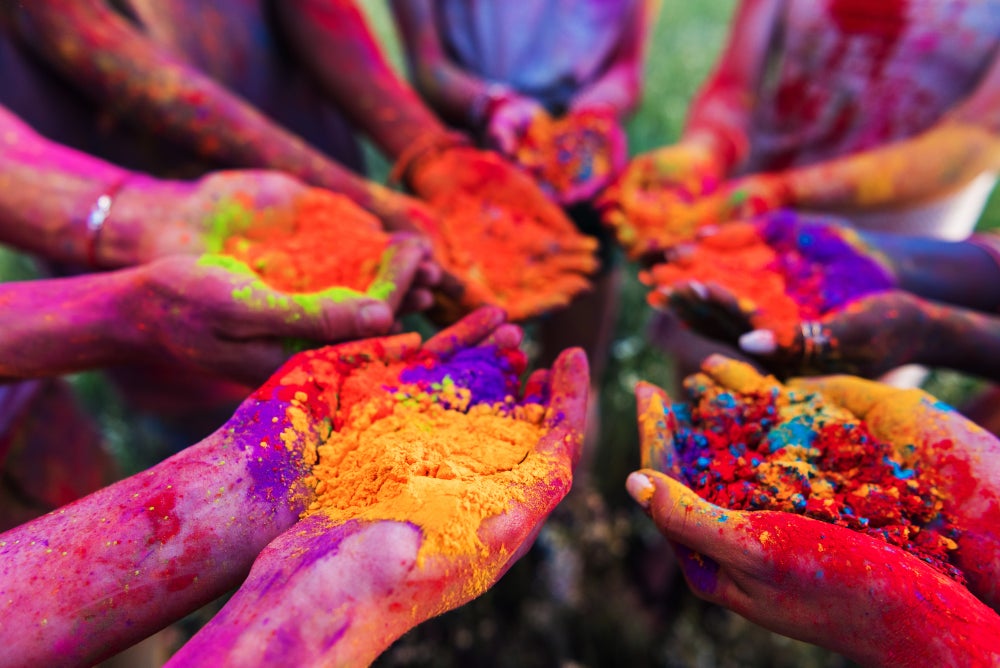
Image: Depositphotos.com
Genesis is the starting point of your brand or organization. When and how was it created, what were the challenges that had to be overcome at the beginning, who were the allies in that process? Remembering the birth of your project, you will be able to find the details that help you to give the history of your brand the tonality it needs.
4. Status quo
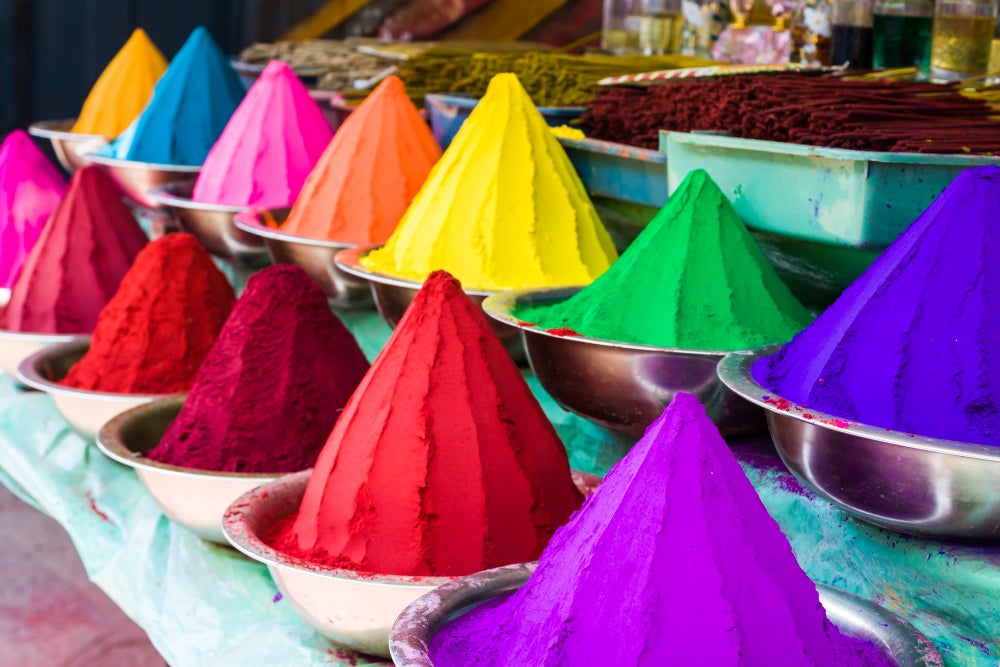
Image: Depositphotos.com
The status quo corresponds to the state of the organization today and describes its position in the market and what customers or collaborators think of it.
5. Call to action
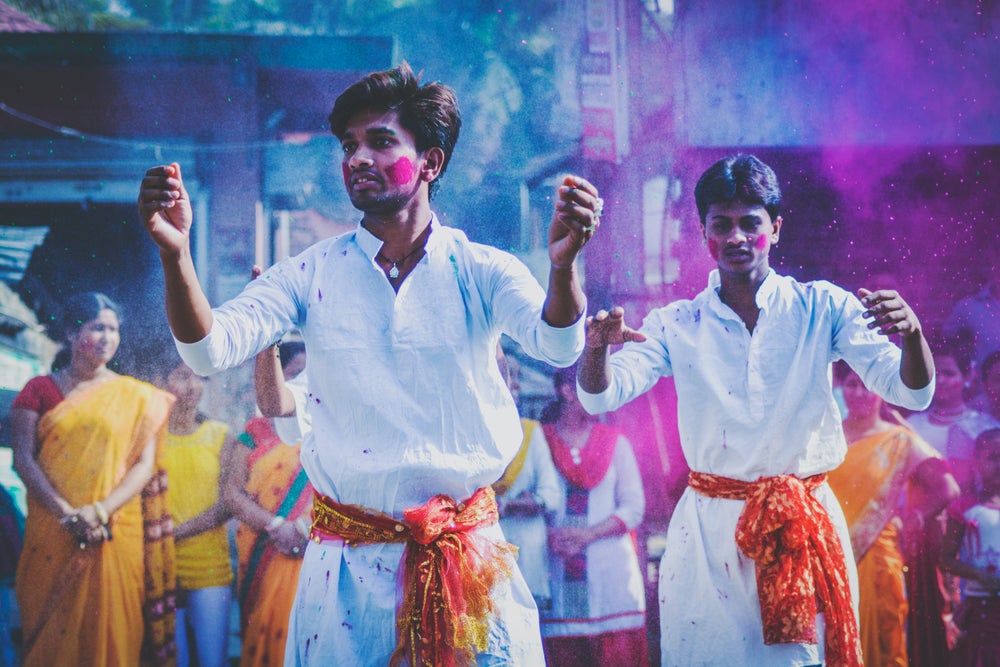
Image: Debashis RC Biswas via Unsplash
It is that circumstance or that disruptive event that implies a change or an evolution of the status quo and the need for a new history. Perhaps the call to action stems from a loss of market share or the difficulty of growing sales. It can arise from the complexity of the distribution system or from a change in social habits. The call to action is an alarm bell that rings to trigger a response and sets the tone for your story.
6. Higher purpose
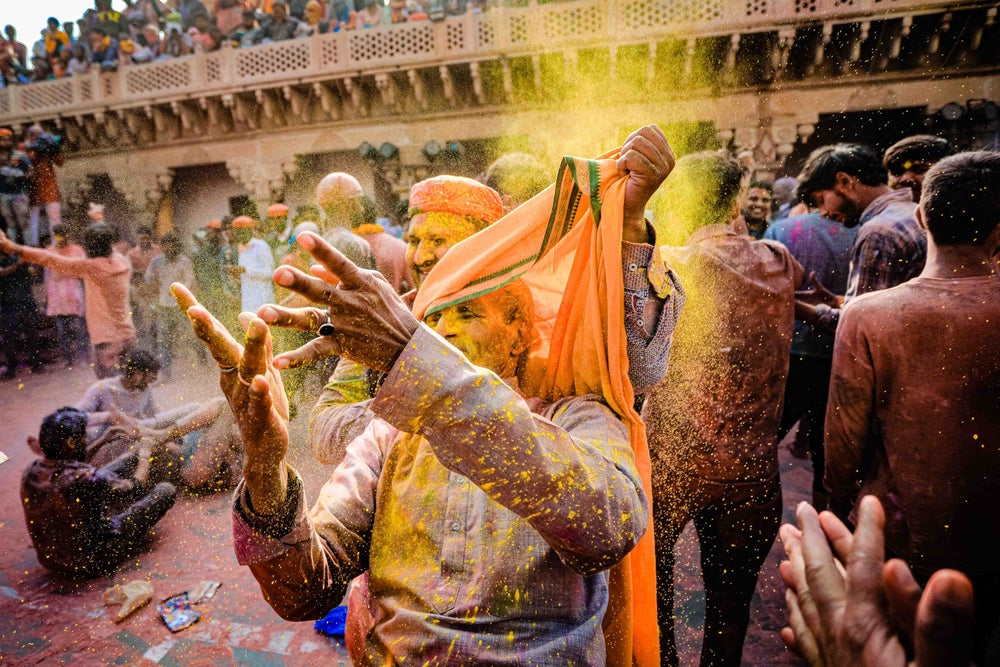
Image: bhupesh pal via Unsplash
The most memorable historical figures like Gandhi and fictional characters like Robin Hood are directly related to the cause and higher purpose that drove them. The higher purpose of your brand or organization stems in part from your passion and expresses that motivation that goes beyond generating profits, making money, opening markets and growing.
7. Promised land
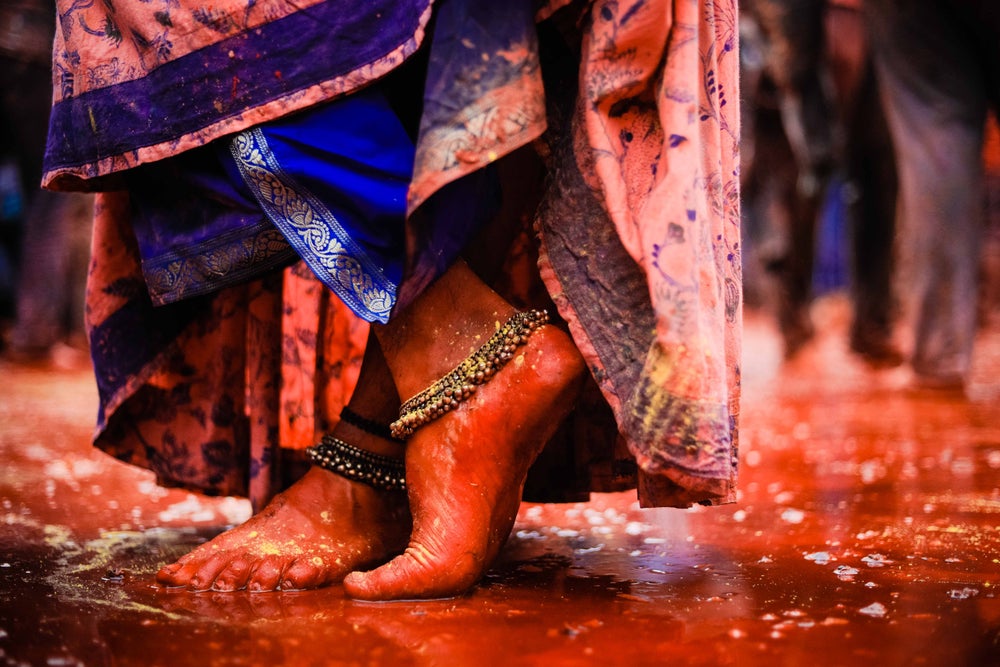
Image: bhupesh pal via Unsplash
Visualizing the future is one of the most important tasks you can do to boost your organization or your brand. Clearly painting a promised land, an ideal space that everyone can reach thanks to your products or services is the best way to attract audiences. That vision of the future has great power to determine the tonality of your story.
8. Emotions
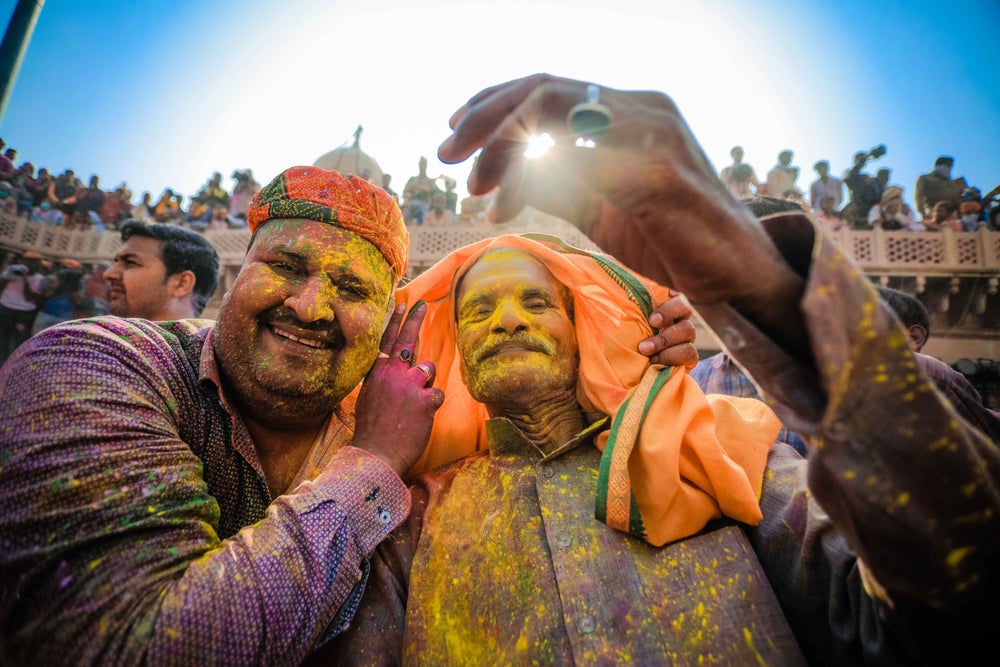
Image: bhupesh pal via Unsplash
Emotions shape people’s behavior. The story of your brand or organization should be designed to generate or enhance positive emotions (such as love, pride, belonging or happiness) in your customers or collaborators and reduce negative ones (such as fear, sadness or insecurity ). Being clear about the emotions you want to stimulate or counteract allows you to give your story the colors it needs.
9. Longings
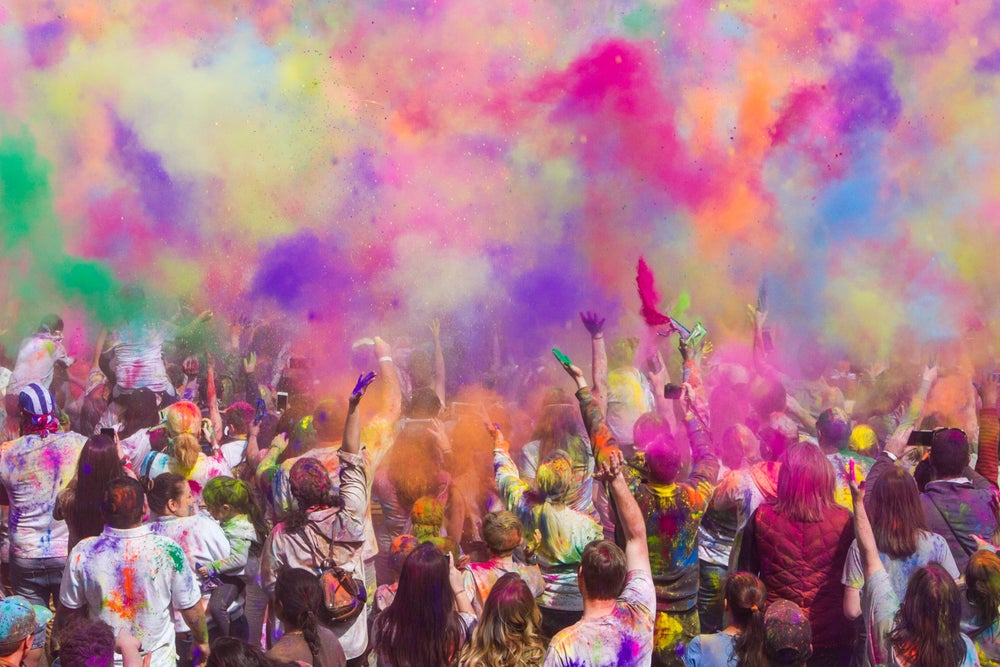
Image: John Thomas via Unsplash
The wishes of your clients or collaborators should be part of the history of your organization. Everyone is going to connect emotionally with a brand that is able to understand and represent their dreams. Those yearnings should be part of the story you tell and be embedded in it naturally.
Think of these 9 elements as the ingredients of your story and visualize them as colors. When you start to build your story, add a little of the red of passion, the blue of emotions, the green of the promised land, the purple of the antagonists. Each of these elements adds a specific tonality to your story that, together with all the other nuances, brings to life a unique narrative for your brand or organization.




